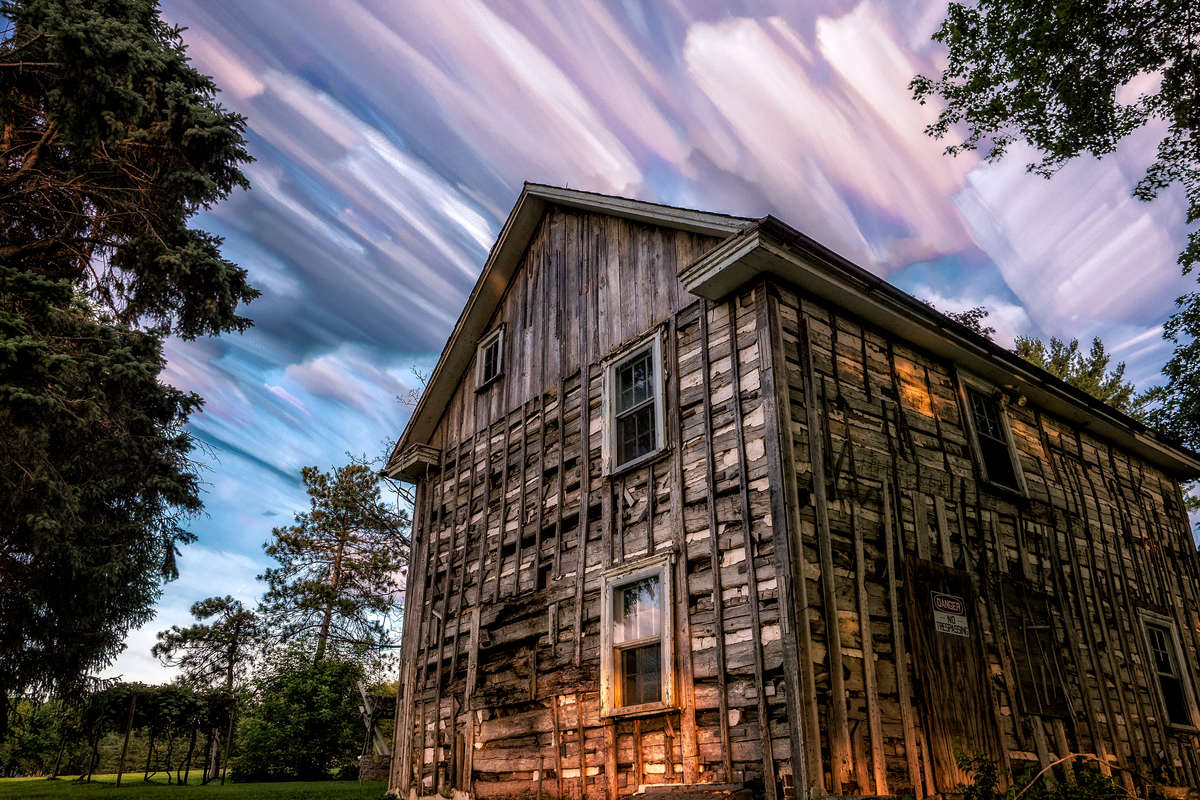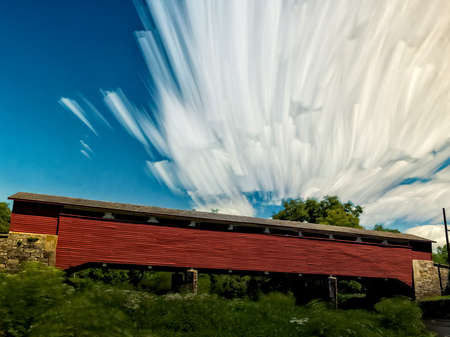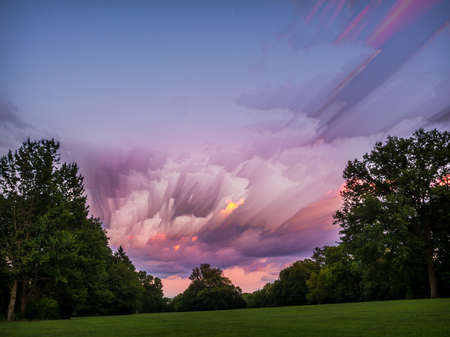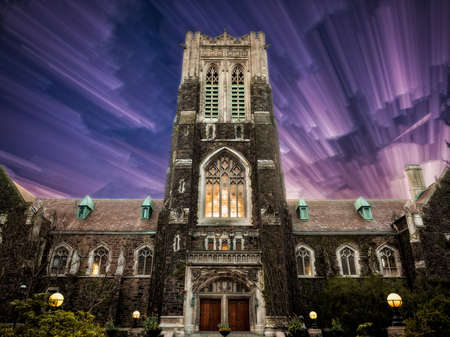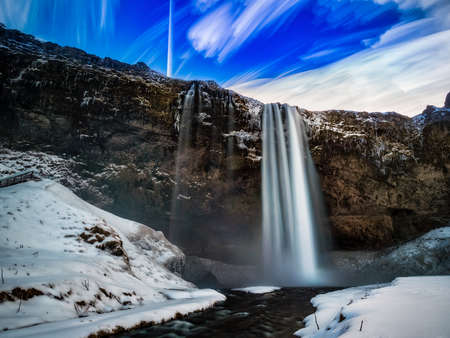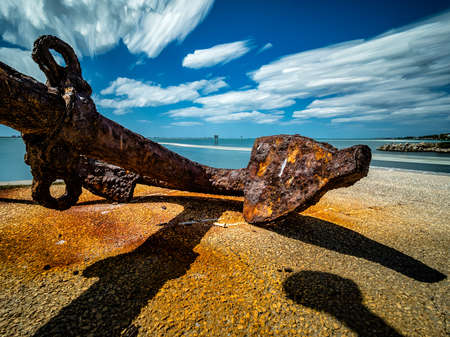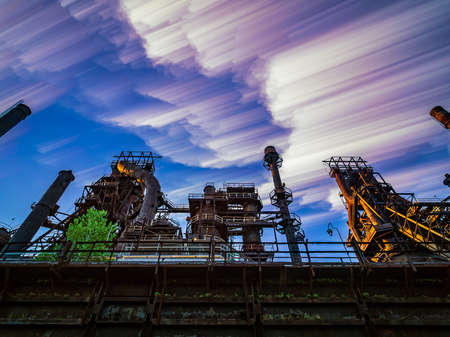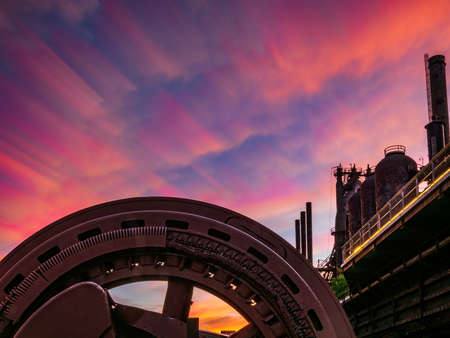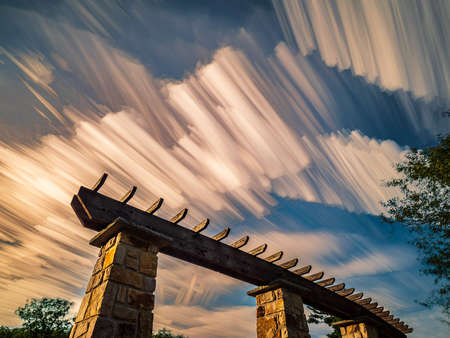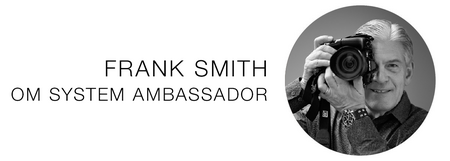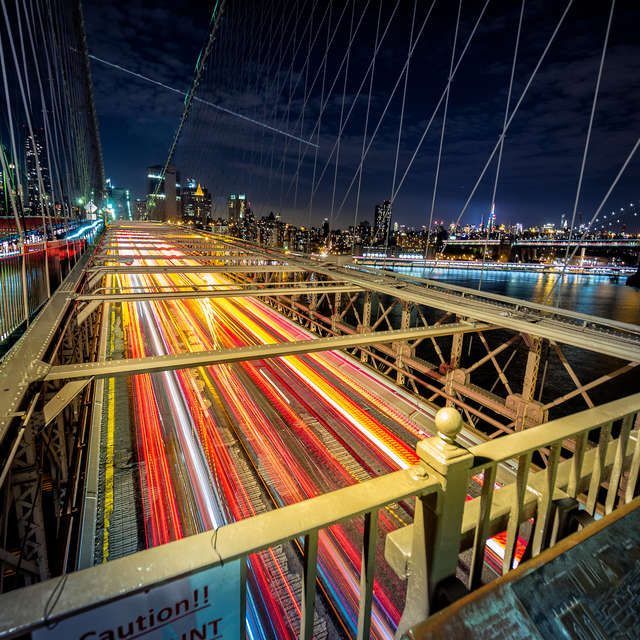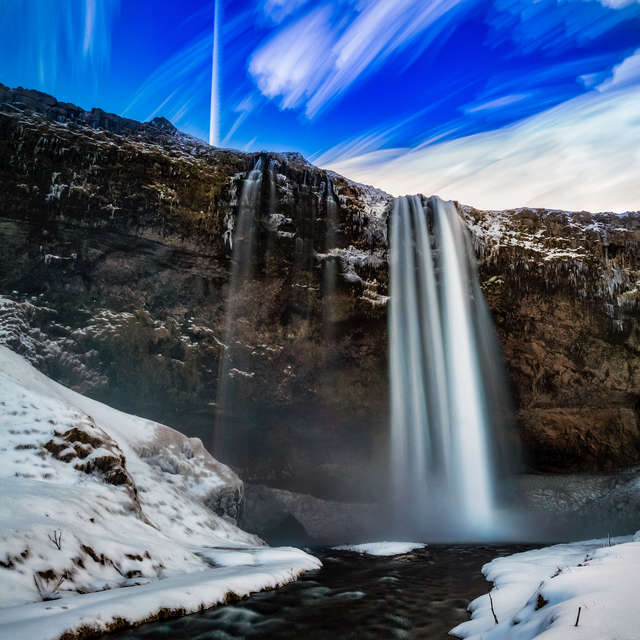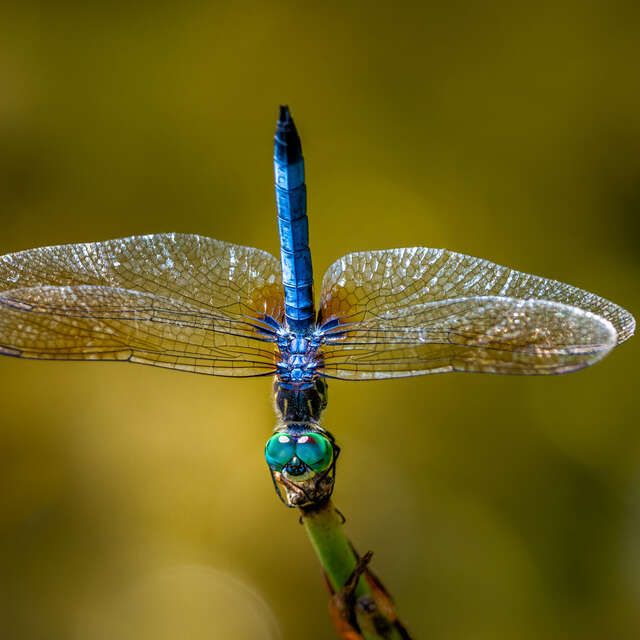I like to shoot architectural and artistic structures and have found that using the live composite mode on my Olympus OM-D has allowed me a new found creative flexibility. Being able to capture a static (yet cool) structure with the live composite mode adds an artistic addition to my imagery.
A few of the images you will see are buildings or structures that I drive by on almost a daily basis. My goal was to take what already appears to have strength and character and use live composite to add a new dimension that creates an artistic result.
Why Use Daytime Live Composite?
To create an artistic and painterly effect to your image. When using live composite it is measuring new light. When you have clouds that are moving it creates a painterly effect. This also gives you a very nice artistic effect. When you have moving water it creates a smooth milky effect. You would use this feature when you have light patterns that are moving within the image.
What Tools Are Necessary?
In order to best capture a daytime live composite image, here are the tools you'll need:
- An Olympus OM-D or PEN camera that has live composite mode available.
- A stable tripod to set up your camera.
- At least a 10 stop neutral density filter to add to your lens.
- A cable release is also helpful.
Editor's note: Live Composite Mode is also available on recent Tough camera models like the Tough TG-4 and Tough TG-5. While an OM-D or PEN camera will provide the best results, it may be worth trying these tips with a Tough camera, too.
How Do You Plan?
First and foremost, composition is an absolute necessity. As part of a good compositional setup you need to have a foreground or mid ground stationary subject. The moving component can be water or sky with moving clouds. Look for subjects that have either an architectural unique structure or an artistic structure.
Weather is important. You need to have moving or puffy clouds. Overcast skies do not work well with daytime live composite. Try to select days where there is minimal wind. The reason for this is you do not want your foreground or mid ground, such as trees and leaves, moving during this process.
Check out the location. When scouting for appropriate locations make sure there are not any obstructions or other distracting elements such as power lines or man made signage.
Time. This type of photography typically requires extra time. The reason being is your exposures will be anywhere from 2 to 15 minutes in length. Live composite takes time and requires appropriate planning.
Camera Settings & Mode
Mode: When using an OM-D or PEN camera you will need to go to the manual setting and dial back all the way back until you get to the last one which is titled live composite.
Camera settings: This will ultimately be determined by the amount of light and the strength of the ND filter you use. As part of this set up you will need to select the interval time frame. I typically find a setting of about 5 to 10 seconds works well when photographing moving water and moving clouds. Some experimenting will be necessary to find the ideal set up. Because you are shooting during the daytime hours you will more than likely need to set your ISO as low as possible and your aperture as narrow as possible.
The Result:
At the end of your shoot you will end up with an in-camera RAW image ready for sharing or additional editing. Your friends and family will be blown away by the results!
> View more tips on activating and using live composite mode
ABOUT FRANK T. SMITH
Website: Frank T. Smith Photography
Instagram: @franktaylorsmith
Twitter: @Frank_T_Smith
Blog: Frank T. Smith
Olympus Visionary Frank T. Smith is a self-taught photographer whose love for the craft goes back to a very early age. Decades later, Frank’s passion for photography has yet to fade as his skills continue to evolve. A native Northeasterner, Frank often focuses his lens on regional and local scenery including the Pocono Mountains and the historical sites of Bethlehem, Pennsylvania. His raw travel and philanthropic photojournalism covers global themes, shedding light on cultural issues such as regional corruption in areas including South Sudan and Haiti.
